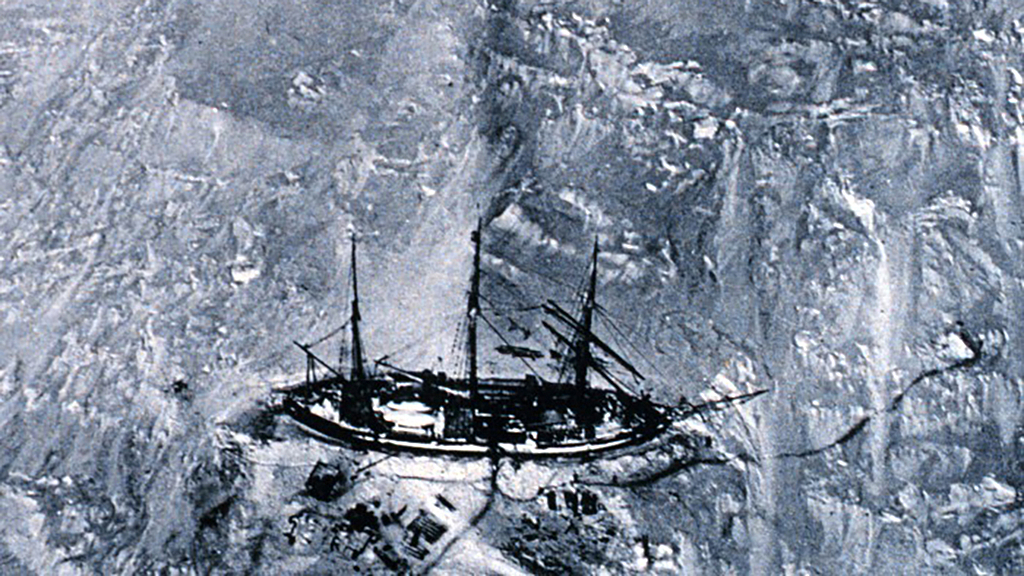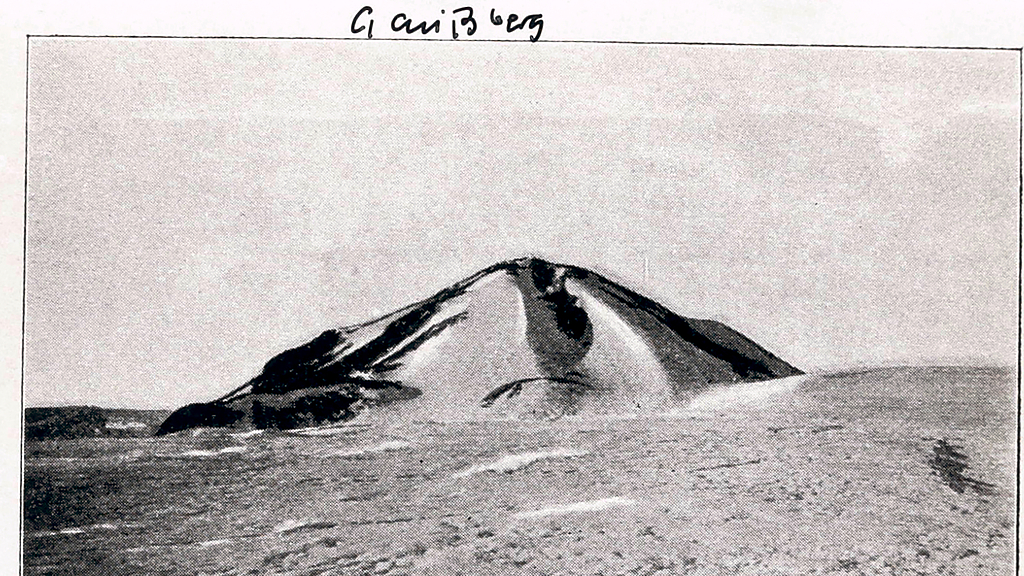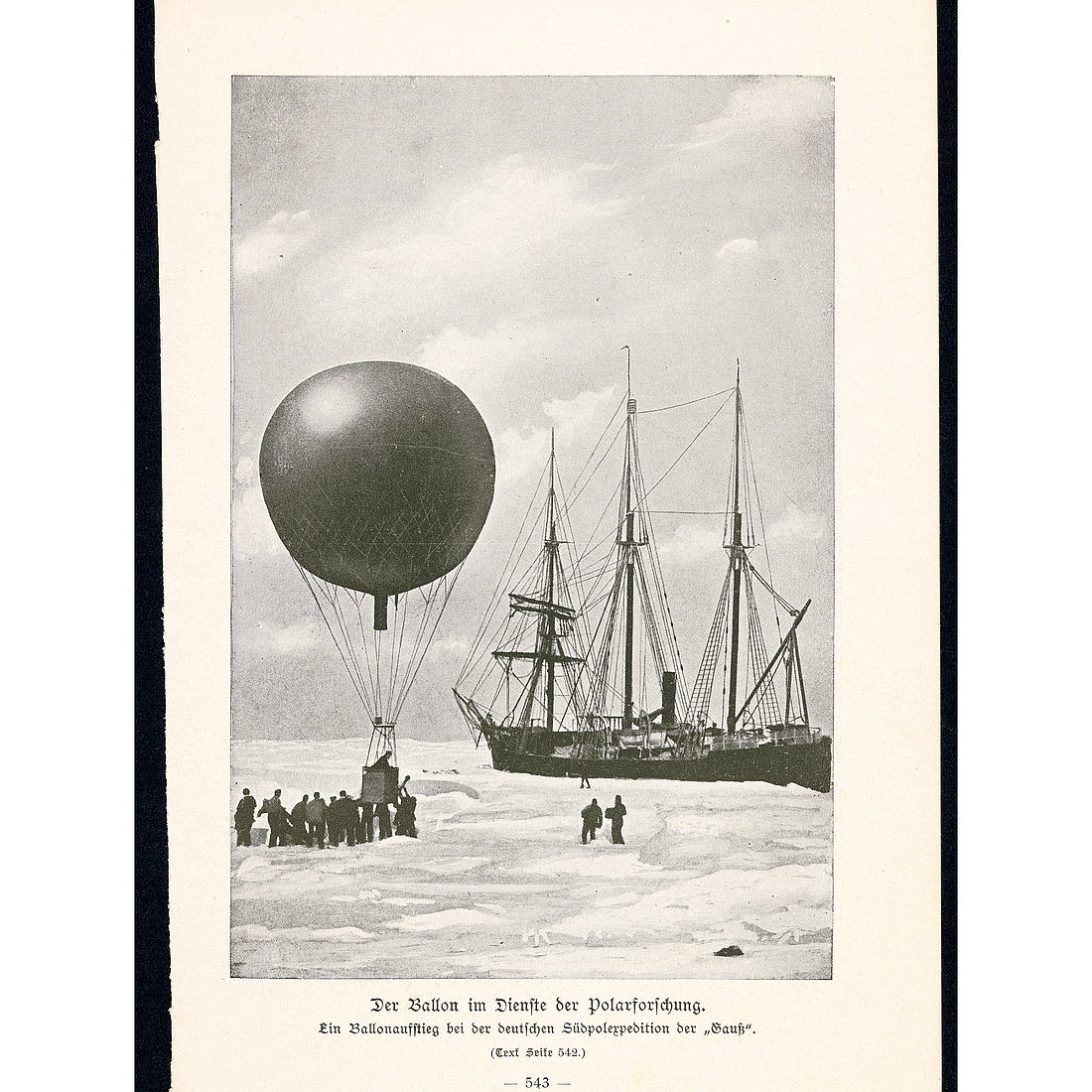Archive of the Month: The Tethered Balloon Ascent of the First German Antarctic Expedition
In the series "Archive of the Month", the German Maritime Museum (DSM) / Leibniz Institute of Maritime History regularly presents a special treasure from the archive. In September, DSM environmental historian Dr. Katrin Kleemann looks back at the First German Antarctic Expedition, during which a tethered balloon was used to collect weather data from 1901 to 1903. A practice that is still part of polar research today .
"March 29 [1902] was a fine day, probably the finest with which we had had, and one of the few on which a balloon ascent in Antarctica was at all conceivable," wrote Erich von Drygalski in Zum Kontinent des eisigen Südens. At the time, as he climbed in a basket into a tethered balloon filled with hydrogen gas and took in the surroundings of the newly christened Kaiser Wilhelm II Land from heights of up to 500 meters and made measurements, Drygalski believed it was the first balloon ascent in Antarctica.
This experiment was part of the first German Antarctic Expedition, which took place from 1901 to 1903, and explored Antarctica south of the Kerguelen Islands. During the expedition, the GAUSS, the expedition ship, was frozen for almost a year. Upon the expedition's return, the participants were disappointed to discover that the British DISCOVERY expedition (1901-1904) led by Robert Falcon Scott had already performed a tethered balloon ascent on February 4, 1902, barely two months earlier.
Overview archives of the month
Archivalie des Monats: Schatz aus dem Archiv
Archivalie des Monats im Januar: Von New York nach Bremen 1859
Archivalie des Monats im Februar: Fotos vom Kleinen Kreuzer MEDUSA
Archivalie des Monats im März: James Cook im Südpolarmeer oder Die "Carte de l‘Hémisphère Austral"
Archivalie des Monats im April: Das Maschinenjournal des bremischen Eisbrechdampfers DONAR
Archivalie des Monats im Mai: Das Tagebuch der Caroline von Aschen
Archivalie des Monats Juni: Seefahrtsbuch der Heizerin Käthe Franck

Fig. 1: The ascent of the tethered balloon with the GAUSS in the background. The entire crew was involved in the experiment to hold the balloon and to operate the valves of the steel cylinders that filled the balloon with hydrogen gas. Today, balloons are still used for weather and polar research. DSM archive, shelf mark: III A 4-0726 b. Credit: DSM.

Fig. 2: The view of the GAUSS from the balloon, March 29, 1902. This image is in the public domain. Credit: Wikipedia, in the public domain

Fig. 3: Among other things, Erich von Drygalski saw from the balloon, already from a height of 50 meters, the Gaussberg, named after the ship of the expedition, a mountain of volcanic origin, the only ice-free surface as far as the eye could see and the target of later sled expeditions for further exploration. This photo was taken during the sled expedition. DSM archive, call number: III A 3255. credit: DSM.

